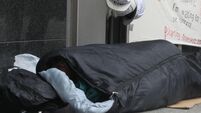UHL campaigners confused as Varadkar says 'nothing ruled out' after ruling out reopening EDs
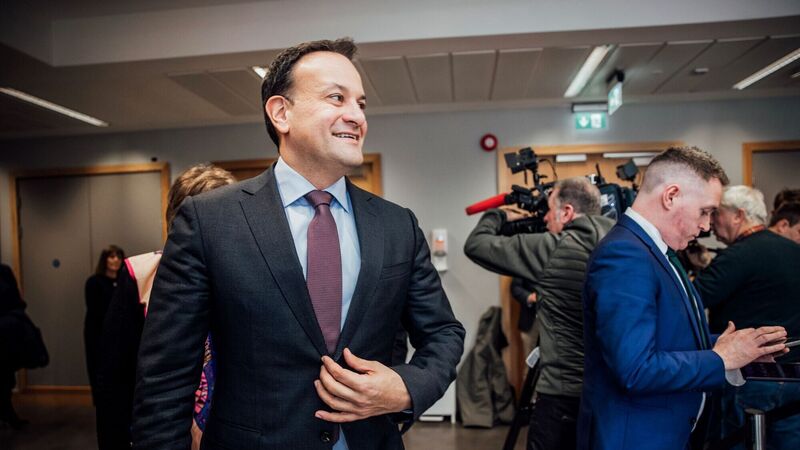
Taoiseach Leo Varadkar arriving today at UHL where he met patients and staff. He also met with a group of hospital campaigners. Picture: Brian Arthur
The Taoiseach has told hospital campaigners that “nothing is ruled out” when it comes to reopening emergency departments in a bid to try and solve the overcrowding crisis in hospitals.
Campaigners who met Leo Varadkar in Limerick on Friday expressed surprise that he rowed back on earlier public comments that it would be “impossible” to reopen three former A&Es in Ennis, Nenagh and St John’s Hospital, which were closed in 2009.

The Taoiseach's meeting with the Midwest Hospital Campaign and local politicians comes against a backdrop of consistently high trolley numbers at University Hospital Limerick despite months of efforts to tackle the problem.
On Friday, 72 patients remained on trolleys inside the hospital which declared a major internal incident of overcrowding last month.
Campaigner and widow Marie McMahon said the group began the meeting by asking the Taoiseach about his comments where he ruled out reopening the closed A&Es. She said:
“Well, make up your mind. What did he mean when he made the press statement, and if he was adamant in that, then why didn’t he tell us that?”
She said the Taoiseach listened to what they had to say, and added: “At the end of the day, it is all about what is delivered.”
Campaigner Noeleen Moran said the group see the re-opening of smaller EDs in Ennis, Nenagh and St John’s hospitals as a key part of the solution.
“He came back and said in fact, I would never rule anything out, and that Covid had taught him to never rule anything out,” she said. “We took that as a more positive thing.”
Melanie Cleary, whose daughter Eve died having spent 17 hours on a trolley, echoed these sentiments.
“I asked for an outside investigation into her death, because we didn’t have one. He said he will look into it.” She added: “I felt hope today after speaking to him. He will look into it, and I did ask him for a meeting with the minister of health and he said he will try to set that up for me.”
Fianna Fáil TD for Limerick City Willie O’Dea said the meeting was “relatively positive”, with possible solutions including a surgical hub and more beds discussed.
“He would rule nothing out when it comes to reopening, that was my interpretation of it anyway,” he said.
Following the meeting, Fine Gael Senator Maria Byrne said: "He did agree there needed to be more enhanced supports and the other three hospitals needed to be used better. He said he was taking nothing off the table, that he couldn’t give an answer today.
"Medical advice is that opening up four A&Es or three A&Es is not going to be the solution, there needs to be a myriad of things happening at the one time.”
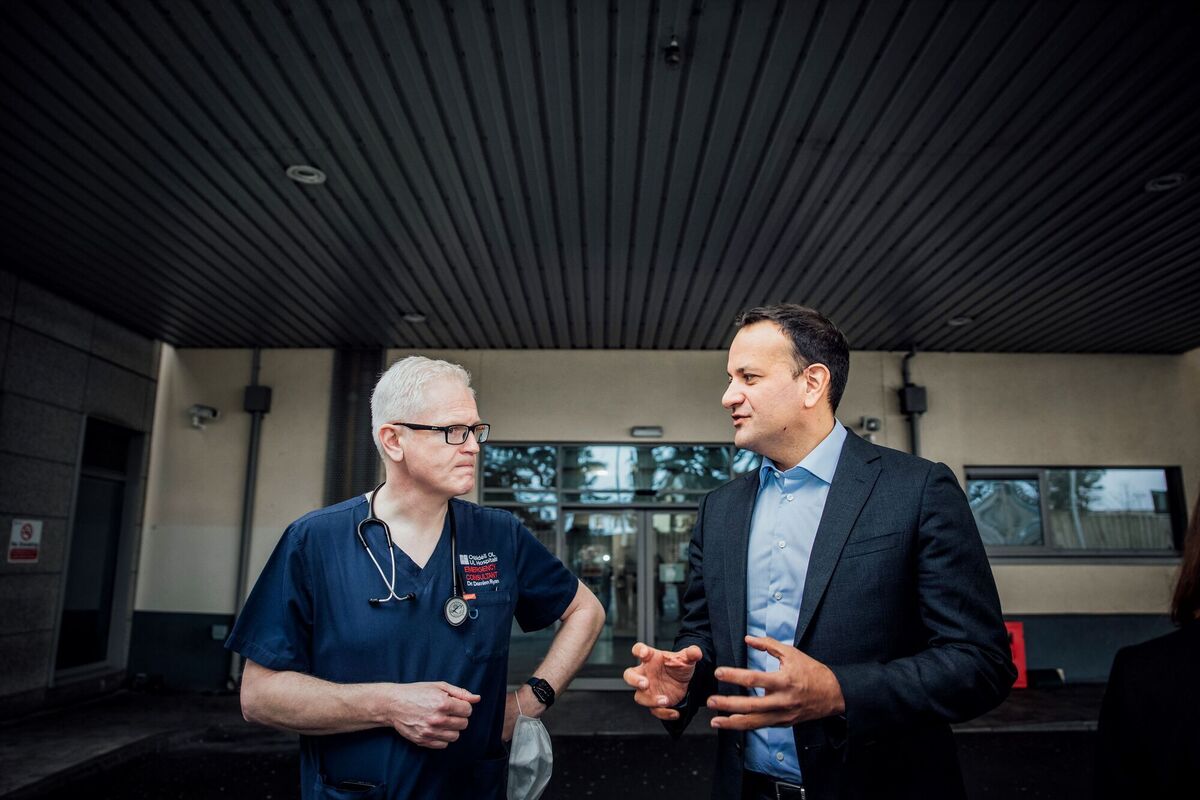
A spokesman for the Taoiseach said: “It [re-opening] is not the current plan. As the Taoiseach indicated, nothing is off the table until discussions have taken place with the incoming CEO of the HSE and the Minister for Health.” Mr Varadkar also met ED staff and hospital management.
Health Minister Stephen Donnelly did not accompany the Taoiseach to today's meeting. A spokesman for him said the minister visited UHL several times, including over late October/early November.
An online meeting with management and Oireachtas representatives was held last month. He added although nothing is scheduled, the Taoiseach would brief Mr Donnelly on his visit and he was aware it was taking place.
Meanwhile overcrowded hospitals in Munster could face future industrial action by nurses and midwives after the Irish Nurses and Midwives Organisation (INMO) agreed to take a stand against “unsafe” conditions.
Following an executive council decision, any hospital or healthcare site where INMO members are working can ballot for industrial action to achieve safe staffing levels between now and May.
INMO president and emergency department nurse Karen McGowan said: “Hospital management in each location cannot keep trying to fill from an empty cup. The expectation that we can run our health service at a less-than-safe staffing capacity must be challenged.”







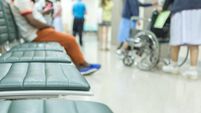
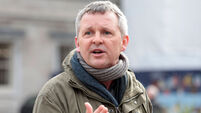


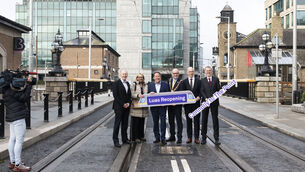

![Johnny_Stephens_Photography-02-425A6831-Edit[1].jpg Restaurant review: The Ivy Asia is an assault on all five senses — I hated it](/cms_media/module_img/9752/4876311_6_teasersmall_Johnny_Stephens_Photography-02-425A6831-Edit_5b1_5d.jpg)

